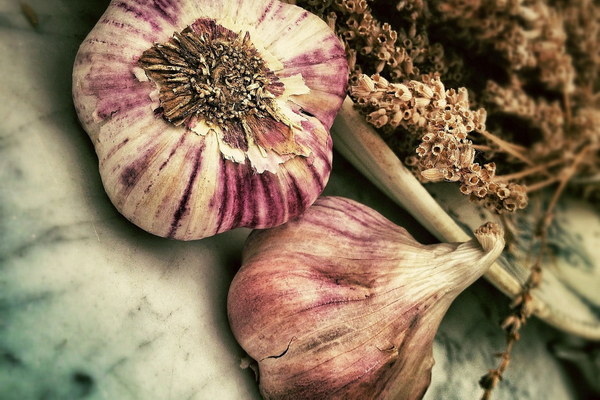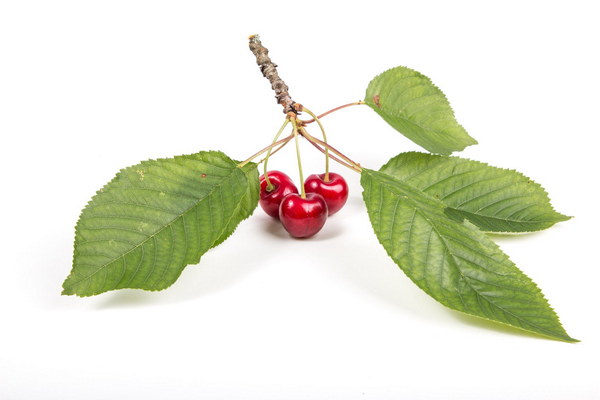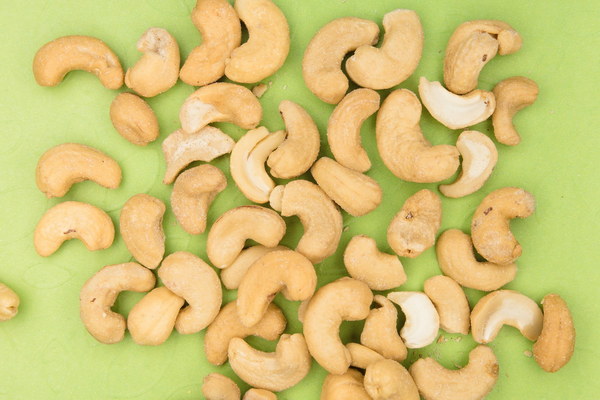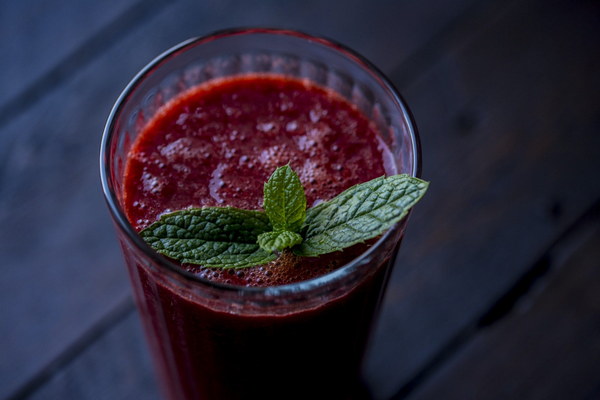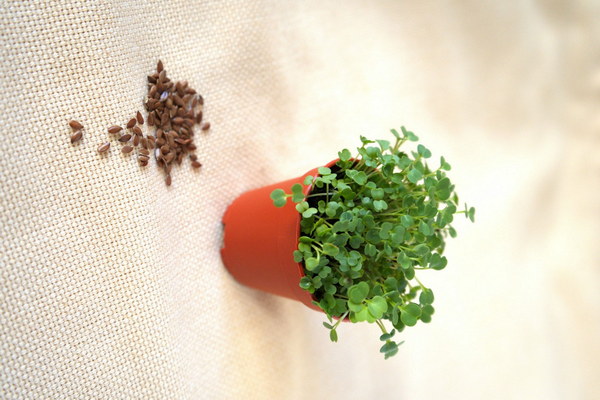Ice Therapy The Cool Way to Combat Aging and Revitalize Your Skin
In the relentless pursuit of youthful skin and vitality, the beauty industry continues to evolve, offering a plethora of treatments and products. Among these, ice therapy has emerged as a revolutionary anti-aging technique that promises to rejuvenate the skin without the need for invasive procedures. Let's delve into the world of ice therapy and understand how it can combat the signs of aging.
Introduction
As we age, our skin undergoes various changes, including loss of elasticity, fine lines, and wrinkles. These changes are largely attributed to the natural aging process, environmental factors, and lifestyle choices. Ice therapy, or cryotherapy, is a non-invasive technique that uses cold temperatures to stimulate the skin's healing mechanisms and encourage cell regeneration. By reducing inflammation, improving circulation, and tightening pores, ice therapy can significantly slow down the aging process.
How Ice Therapy Combats Aging
1. Reduces Inflammation
Inflammation is a common denominator in the aging process. Ice therapy helps to reduce inflammation by constricting blood vessels and decreasing the production of inflammatory chemicals. This can lead to a reduction in redness, swelling, and puffiness, resulting in a more youthful appearance.
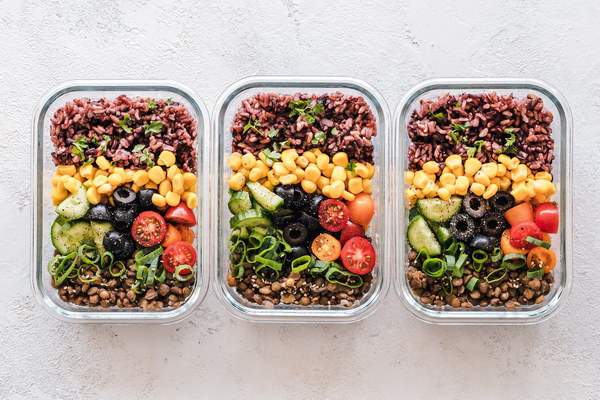
2. Improves Circulation
Cold temperatures cause blood vessels to constrict, which, when followed by a rapid warming process, stimulates blood flow. Improved circulation means more oxygen and nutrients are delivered to the skin, promoting cell repair and regeneration.
3. Stimulates Collagen Production
Collagen is the protein responsible for the skin's elasticity and firmness. Ice therapy can stimulate the production of collagen by activating fibroblasts, the cells responsible for collagen synthesis. Increased collagen levels can reduce the appearance of wrinkles and fine lines.
4. Tightens Pores
The cold temperature causes pores to contract, which can minimize their appearance. This immediate effect can give the skin a smoother, more youthful look.
5. Boosts Immune Response
Cold therapy can also enhance the immune system's response to minor skin irritations and damage, helping the skin to heal itself more effectively.
The Ice Therapy Procedure
The ice therapy procedure is relatively simple and can be performed at home or in a professional beauty salon. Here's a basic outline:
- Preparation: Cleanse the skin to remove any dirt or oils. Use a soft cloth to pat the skin dry.
- Application: Apply a cold compress, ice pack, or ice globes to the desired area of the skin. Start with short intervals, such as 30 seconds to 1 minute, and gradually increase the duration as your skin becomes more tolerant to the cold.
- Recovery: Allow the skin to warm up to room temperature before applying more ice or repeating the process.
- Frequency: For optimal results, ice therapy can be performed daily or several times a week, depending on the individual's skin type and sensitivity.
Safety and Considerations
While ice therapy is generally safe for most people, there are some considerations to keep in mind:
- Skin Sensitivity: Individuals with sensitive skin or those prone to cold-induced reactions should start with shorter durations and monitor their skin's response.
- Contraindications: People with certain medical conditions, such as Raynaud's disease or cold-induced urticaria, should avoid ice therapy or consult with a healthcare professional before proceeding.
- Aftercare: After ice therapy, it's essential to moisturize the skin to prevent dryness and to lock in the benefits of the treatment.
Conclusion
Ice therapy offers a natural and effective way to combat the signs of aging without the need for harsh chemicals or invasive procedures. By reducing inflammation, improving circulation, and stimulating collagen production, ice therapy can help maintain the skin's youthful appearance. Incorporating this simple yet powerful technique into your beauty routine may just be the key to achieving that radiant, ageless complexion you've been dreaming of.


